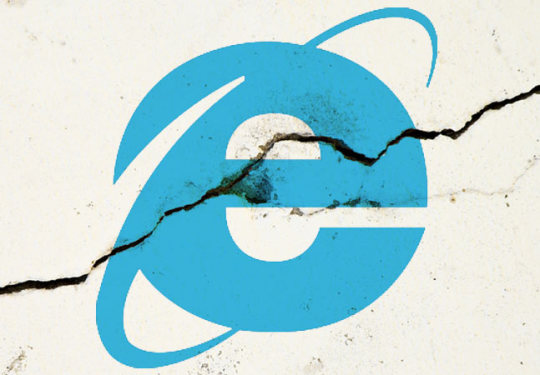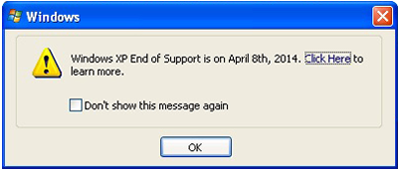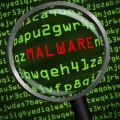Why do hackers use remote code execution as a malicious attack on businesses? Here we’ll explain what remote code execution is and why most malware uses it.
Remote execution attacks are very real and should not be taken lightly. This is mainly due to the damage which can result in malware disabling parts of a system and disrupting business operations.
What is remote code execution?
Remote code execution can be best described as an action which involves an attacker executing code remotely using system vulnerabilities.
Such code can run from a remote server, which means that the attack can originate from anywhere around the world giving the attacker access to the PC. Once a hacker gains access to a system, they’ll be able to make changes within the target computer.
The attacker leverages the user’s admin privileges to allow them to execute code and make further changes to the computer. It’s often the case that such user privileges become elevated. Attackers usually look to gain further control on the system they already have a grip on and look to exert control onto other computers on the same network.
Examples of remote execution attack
Whether a business realizes it or not, malware threats are consistently looking for vulnerabilities and a chance to infiltrate past security. In essence, every attacker is an opportunist and they’re unlikely to hold back once they’ve spotted a loophole within a system.
Scenario 1:
An employee browses the Internet with the Internet Explorer browser and visits a website, which they were prompted to visit via an unsuspecting email message. Little do they know that the website exploits a bug on their browser, allowing for remote execution of code to occur. The code is set up by a criminal who has programmed it to run on the employee’s computer, and in turn, installs a Trojan virus. A Trojan allows a back door into the computer, which can be accessed at any time by the attacker. At this point, the criminal has complete access to the employee’s data files and will do as they please with it.
Scenario 2:
A business runs an unsupported version of Windows on a computer, which happens to be Windows XP. An employee visits a website, however this website has been compromised, and a bug detects the user working on a computer that has Windows XP. Since this particular operating system is no longer patched by Microsoft, vulnerabilities are eminent. The bug picks up on this and begins remote code execution, set up by a criminal, to run ransom-ware on your computer. The ransom involves the criminal holding the company’s files hostage until payment is made.
How can you protect against remote code execution attacks?
- The most practical way to approach this is to patch up the vulnerabilities found on all computers over the network, especially those used by administrators. To look at it another way, any available holes are waiting to be exploited which can potentially permit an attacker entry onto the computer system, where they can run any malicious code they want.
- Therefore, keep your system updated with the latest patches by looking out regularly for Microsoft’s Patch Tuesday fixes. Microsoft offers monthly security updates to patch critical vulnerabilities pertaining to the remote code execution issue. It’s best to apply these as soon as possible.
- Be sure to upgrade from unsupported operating systems, such as Windows XP, to make sure that your systems aren’t an easy target to attackers.
For more ways to secure your systems, contact your local IT professionals.










